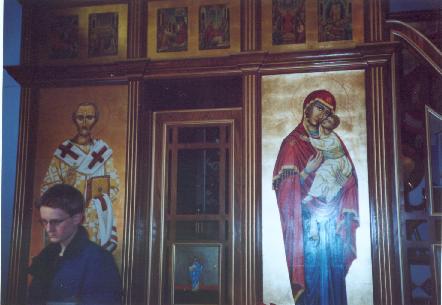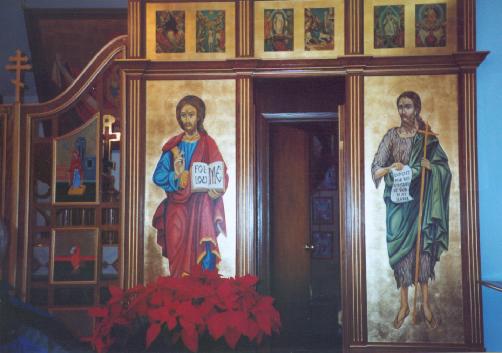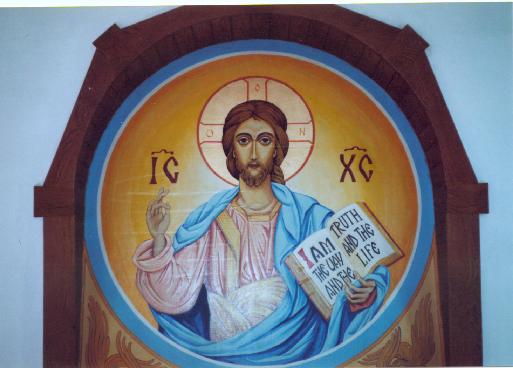The Catholic Church is a Communion of Churches with varying customs and disciplines. The origin of these Churches is the preaching of the Apostles in various different cultures throughout the Earth. Each culture, when it accepted the Holy Gospel of Jesus Christ, fleshed it out in slightly different ways.
Rome came to have a certain primacy first of all because of her place as the See of Peter, who was given a special claim on guarding the faith from wolves and feeding the sheep, but also important was the fact that Rome was the principle city of the Empire, and was a place where people already looked for leadership. The miraculous purity of Rome's Apostolic Faith also came to be universally recognized.
While in the West, the Pope took on an primatial role, and the whole Church came to acclaim him as first among equals, there were other Bishops who came to be seen as having a place of great importance within their particular Churches. These Bishops came to be known as Patriarchs. One of the most important was the Patriarch of Antioch, who was, himself, a successor of Peter, whose first See was in Antioch. Constantinople later came to outshine the ancient See of Antioch. Two other major Patriarchal sees were Jerusalem, and Alexandria. Two very important Churches which deserve mention here, are the Armenian and Chaldean Churches. These two Churches have traditions and customs all their own.
The Byzantine Church comes from the See of Constantinople and exists in forms which are Eastern Orthodox, as well as Eastern Catholic. The primary difference between the two is that the Eastern Catholic Churches are in full communion with the See of Rome. The Eastern Orthodox Churches are not in full communion with Rome.
One of the most prominent features in a Byzantine Church is called an Icon Screen. The Icon Screen or Iconostasis is located at the front of the Church building or temple between the Nave and the Altar, or Sanctuary. Below are two images of an Icon Screen from Holy Protection Byzantine Catholic Church in Denver, Colorado.


This screen is a symbol of Christ Jesus, who takes us from Earth to Heaven. It also plays an integral part in liturgical worship of God in the Divine Liturgy (Mass). Icons are also found in other parts of a Byzantine Church, forming a very important part of the spirituality of the Byzantine Church. For when one stands before an Icon, he or she is reminded that he or she is in the presence of Christ, in whom the subject of the Icon lives and moved and has his or her being, and so we are also in the presence of the subject of the icon. If, of course, the subject of the Icon is Christ, we are reminded that He is truly among us, and always will be.
Icons are considered in Eastern Catholic and Eastern Orthodox spirituality to be windows into heaven, and so it is certainly appropriate, that when we look heavenward in a Byzantine Church we often see an Icon which looks something like this

or this